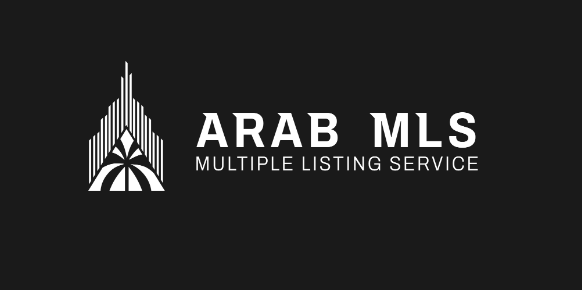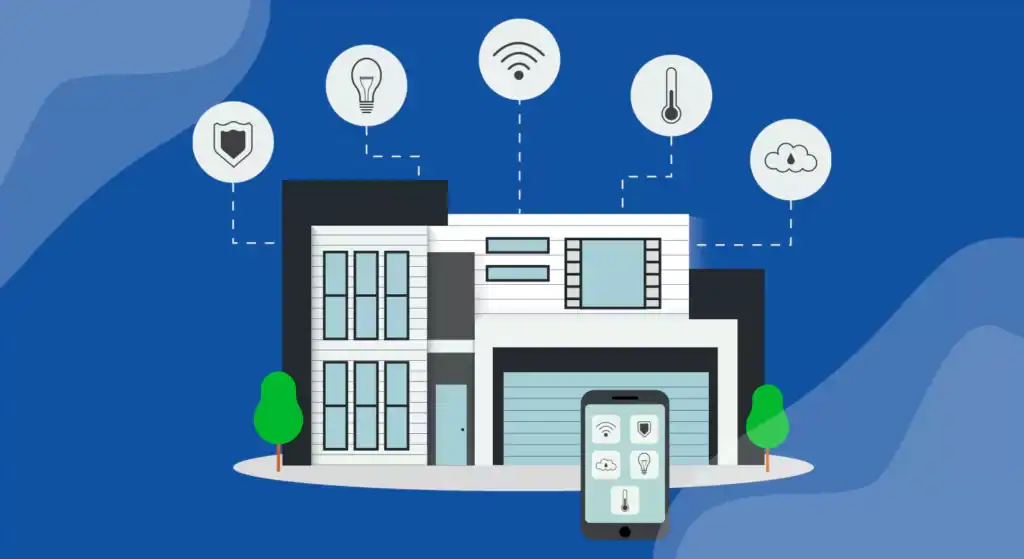In today’s digital world, having a blog is one of the most powerful tools a real estate agent or broker can use to attract, engage, and convert potential clients. But a blog on its own is only part of the picture. For maximum impact, it should be paired with a strong IDX (Internet Data Exchange) integration.
When real estate blogging and IDX are combined, they create a dynamic marketing machine that not only builds trust and authority but also keeps users on your site and generates quality leads. This guide will walk you through everything you need to know about how real estate blogging and IDX integration work together—and how to use them effectively.

What Is Real Estate Blogging?
Real estate blogging involves creating and publishing helpful content on your website aimed at home buyers, sellers, investors, or renters. These blog posts usually answer common questions, provide market insights, give tips about the buying or selling process, or highlight neighborhoods and local amenities.
A blog allows you to:
- Share your knowledge and build authority
- Improve your website’s SEO (Search Engine Optimization)
- Drive traffic to your website through Google and other search engines
- Keep visitors engaged with fresh, helpful content
- Build relationships and trust with your target audience
Real estate blogs can cover many topics, including:
- Market updates
- Home staging tips
- Neighborhood guides
- First-time buyer advice
- Legal and financing information
- Local events and real estate news
What Is IDX?
IDX stands for Internet Data Exchange. It refers to the systems and standards that allow real estate agents and brokers to display MLS (Multiple Listing Service) listings on their websites. IDX gives your website visitors the ability to search for and view real-time property listings directly on your site.
IDX is what turns a simple blog or static website into a powerful, interactive platform for home buyers and sellers. Instead of sending people to third-party sites like Zillow, IDX keeps your leads on your own site—where you control the user experience and capture their information.
Why Combine Blogging with IDX Integration?
Adding IDX to your real estate blog is like adding a search engine for local listings to your content. Here’s why the two work better together:
1. Better User Experience
When readers come to your blog for helpful advice, they’ll naturally want to browse listings. If they can do that right on your site, they’re more likely to stay and engage. You make it easy for them to go from reading to searching.
2. Stronger SEO
Search engines favor websites that are both content-rich and interactive. IDX adds fresh, dynamic content (like property listings), while your blog provides the keywords, location targeting, and informational depth needed to rank well.
3. Lead Generation
Blogs establish authority, while IDX captures leads. When someone reads a helpful blog post and then searches for homes, you can ask them to register, save searches, or request showings—all lead-capture opportunities.
4. Local Authority
Blogging about specific neighborhoods or developments allows you to pair that content with active listings in the same area. You position yourself as the local expert while giving buyers what they want—available homes.
How to Add IDX to Your Real Estate Blog
Here’s a simple step-by-step guide to integrating IDX into your real estate blog:
Step 1: Choose a Blogging Platform
Most real estate blogs are built on WordPress, which is highly customizable and SEO-friendly. It’s also compatible with nearly all IDX providers.
Other platforms like Squarespace, Wix, and Webflow offer blogging tools, but WordPress gives you the most flexibility when it comes to integrating IDX and customizing your content.
Step 2: Select an IDX Provider
IDX providers are companies that offer tools and plugins to connect your website with MLS listings. Some of the most popular IDX providers include:
- IDX Broker
- iHomefinder
- Showcase IDX
- Realtyna
- Diverse Solutions
Make sure the provider you choose supports your local MLS and offers a plugin or integration that works with your blogging platform.
Step 3: Connect Your IDX Plugin
If you’re using WordPress, your IDX provider will likely offer a plugin that you can install directly into your website. This plugin adds search features, listing pages, and lead capture forms.
You can place IDX tools inside blog posts, in your sidebars, or on dedicated pages.
Step 4: Optimize Listing Pages for SEO
Some IDX solutions offer SEO-friendly pages, which means listings appear as part of your website and can be indexed by search engines. This helps increase your website traffic over time.
Make sure to:
- Customize meta descriptions and titles
- Add unique neighborhood content around listing pages
- Avoid using “iframe” integrations, which limit SEO value
Tips for Real Estate Blogging with IDX Integration
Here are several strategies to help you get the most out of your blog and IDX features:
1. Write Neighborhood-Specific Posts
Create blog posts focused on specific areas, then link to IDX pages showing homes for sale in that neighborhood. For example:
Blog Title: “Top 5 Reasons to Move to Lakeview Heights”
Call to Action: “See all homes for sale in Lakeview Heights here.” (link to IDX results page)
This keeps readers engaged and helps Google understand what your site is about.
2. Answer Buyer and Seller Questions
Use your blog to address real-world questions people have, such as:
- “How much down payment do I need?”
- “What’s the best time to sell a home in [City]?”
- “What does a home inspection include?”
Then add a call-to-action to view listings, request a home valuation, or book a consultation.
3. Add Search Widgets in Your Content
Many IDX plugins allow you to add search bars or featured listings directly into your blog posts. For example, if you write a post about buying a condo, you can embed a condo search tool at the bottom.
This encourages interaction and increases the time users spend on your site.
4. Use Internal Linking
Link to your IDX property search pages from your blog posts and vice versa. For example, a post about “Best School Districts in Austin” can link to listings in those school zones.
This improves your SEO, keeps users on your site longer, and guides them toward listings.
5. Collect Leads Strategically
Use your blog as a soft introduction and your IDX features to capture contact information. Offer free resources in exchange for email addresses, such as:
- A downloadable buyer’s guide
- Market reports
- Access to premium home listings
Your blog builds trust, and your IDX tool turns that trust into leads.
Common Blogging Mistakes to Avoid
To get the best results from your real estate blog with IDX integration, try to avoid these common pitfalls:
Blogging Without a Strategy
Don’t just write randomly. Focus your content on the needs of your ideal client, and always include a relevant call to action.
Ignoring SEO
Use relevant keywords, proper headings, image alt text, and internal linking to make sure your posts are found in search engines.
Not Updating Content
Old blog posts can go out of date, especially in fast-changing markets. Update them regularly with fresh info and current listings.
Focusing Too Much on Sales
Not every blog post needs to pitch your services. Focus on providing value, and the business will follow.
Examples of Blog Topics with IDX Integration
Here are some ideas you can try, with built-in IDX links to make them more interactive:
- “10 Best Starter Homes in [City] Under $300K” – Link to filtered IDX search results.
- “Is Now a Good Time to Buy in [Neighborhood]?” – Include current listings in that neighborhood.
- “Your Step-by-Step Guide to Buying a Home in [City]” – Add a home search widget.
- “Top 5 Condos with Pool Access in [Area]” – Show listings with that feature.
- “Moving to [City]? Here’s What You Need to Know” – Link to relocation listings and contact form.
How Often Should You Blog?
Consistency is more important than quantity. Posting once or twice a week is enough to build momentum, but even two posts per month can work if you stay consistent and focus on quality.
Make sure each post is:
- At least 800–1,200 words
- Well-written and informative
- Includes a relevant IDX component
- Optimized for search engines
Conclusion
Real estate blogging with IDX integration is one of the most effective strategies for building a strong online presence. It combines education, authority, interactivity, and lead generation—all in one place.
By writing content that speaks directly to the needs of buyers and sellers, and giving them the tools to act right on your site, you create a user-friendly experience that delivers real results. Whether you’re just starting or looking to boost an existing blog, integrating IDX is a smart move that pays off long-term.
Frequently Asked Questions
Can I use IDX if I’m not a real estate agent?
Generally no. IDX access is typically restricted to licensed agents or brokers, but you can work with one or create a marketing partnership.
Is IDX integration expensive?
It depends on the provider, but expect to pay between $30 and $100 per month, plus setup fees. Some providers offer budget plans with limited features.
What’s the best blogging platform for IDX?
WordPress is the most widely used and has the most IDX plugin options available.
Does IDX help with SEO?
Yes, especially if your provider offers SEO-friendly integration. Pairing it with blog content boosts your site’s search engine visibility.
How long does it take to see results from blogging with IDX?
Blogging and SEO take time. You may see traffic increases within a few weeks, but consistent blogging over several months delivers the best results.













